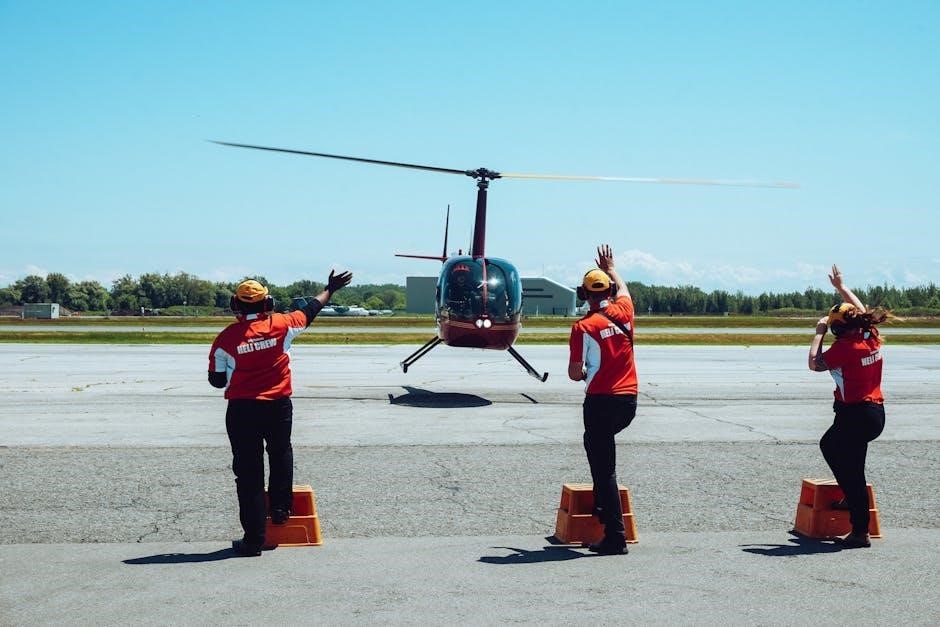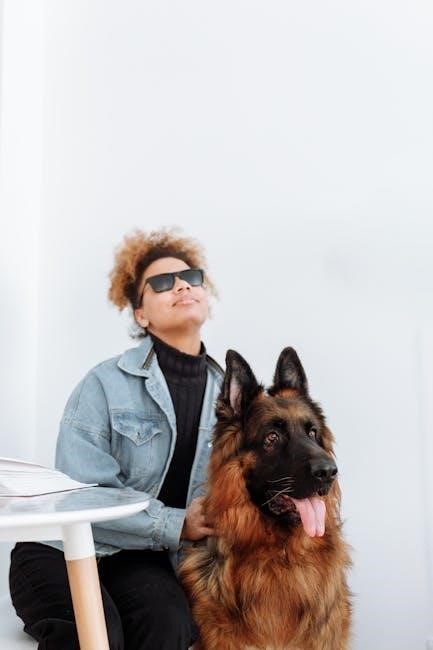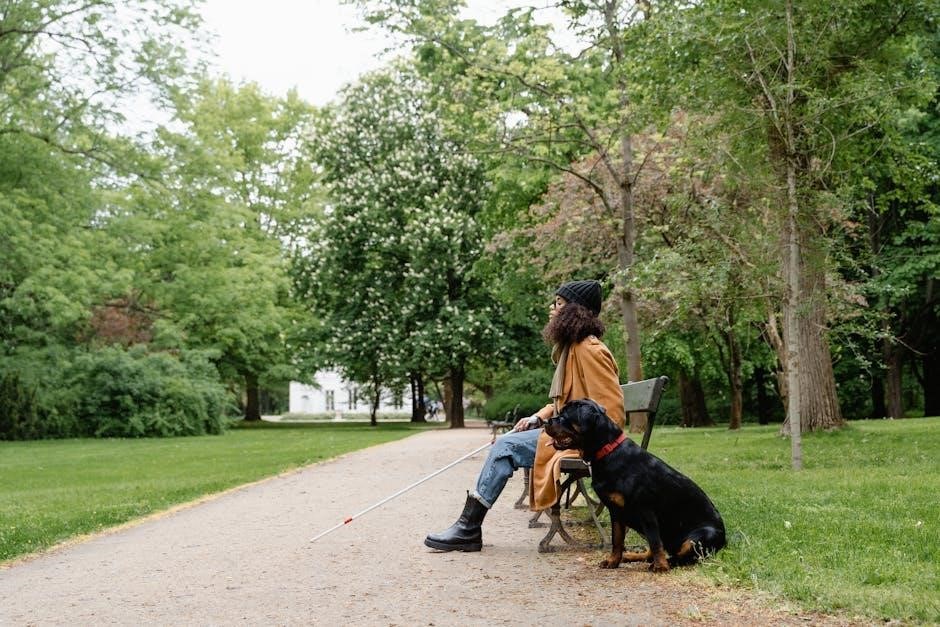hogs guide service
Hog Hunting Guide Service: A Comprehensive Overview
Embark on thrilling hog hunting adventures with specialized guide services․ These services, like Rons Guide Service and Hog Assault, offer guided hunts․ They give access to exclusive lands and expert guidance․ Discover wild hog hunting techniques and tips for successful trips today!
Hog hunting guide services offer invaluable assistance to both novice and experienced hunters seeking to pursue wild hogs․ These services provide access to prime hunting locations, often on private lands, where hog populations are abundant․ Guides possess extensive knowledge of hog behavior, habitat, and effective hunting techniques․ They offer expert advice on strategies such as stalking, stand hunting, and using dogs to locate and pursue hogs․
Additionally, many services provide essential equipment, including firearms, ammunition, and tracking devices․ Safety is a top priority, with guides ensuring hunters are well-versed in firearm handling and hunting regulations․ Furthermore, guide services frequently handle post-hunt tasks, such as field dressing, skinning, and processing harvested hogs․ This comprehensive support enhances the overall hunting experience and increases the likelihood of success․ Services like Rons Guide Service and Hogwalla provide access to prime locations and expertise․ These services ensure a memorable and productive hunt for all skill levels․
Benefits of Using a Hog Hunting Guide Service
Opting for a hog hunting guide service presents numerous advantages for hunters of all skill levels․ One significant benefit is access to private lands teeming with wild hogs, increasing the chances of a successful hunt․ Guides possess in-depth knowledge of hog behavior, movement patterns, and preferred habitats․ They can lead hunters to areas where hogs are most likely to be found․
Expert guidance on hunting techniques, such as stand placement, bait selection, and calling methods, enhances hunting success․ Furthermore, guide services often provide essential equipment like firearms, ammunition, and tracking devices, eliminating the need for hunters to invest in specialized gear․ Safety is paramount, with guides ensuring hunters understand firearm safety protocols and hunting regulations, minimizing risks․
Many services handle post-hunt tasks, including field dressing, skinning, and processing harvested hogs, saving hunters time and effort․ Ultimately, utilizing a hog hunting guide service maximizes the chances of a rewarding and safe hunting experience․ It provides valuable knowledge and support for a memorable trip․

What to Expect on a Guided Hog Hunt
A guided hog hunt typically begins with an orientation by the guide, covering safety protocols, hunting regulations, and the day’s itinerary․ Hunters can anticipate transportation to prime hunting locations, often on private lands known for high hog populations․ Guides will offer insights into hog behavior, pointing out tracks, wallows, and feeding areas to aid in spotting opportunities․
Depending on the chosen method, hunters may stalk hogs on foot․ They may wait in strategically positioned stands or blinds․ The guide will offer expertise on aiming, shooting techniques, and shot placement to ensure ethical and effective harvests․ Communication is key, with guides providing instructions and updates throughout the hunt․
After a successful harvest, the guide will assist with field dressing, skinning, and transporting the hog to a processing facility․ Hunters can expect a thrilling and educational experience, learning valuable skills and gaining a deeper understanding of hog hunting․ Remember that while guides strive to provide opportunities, a successful harvest isn’t always guaranteed;

Popular Hog Hunting Locations and Guide Services
Several regions across the United States are renowned for their abundant hog populations, making them prime destinations for hog hunting․ Florida, with its vast wilderness and swampy terrain, is a popular choice․ Rons Guide Service, operating in Florida, offers guided hunts utilizing swamp buggies and dogs, ensuring an exciting pursuit․
Texas, another hotspot, boasts a large hog population and numerous outfitting services catering to hunters․ California, particularly areas near Pinnacles National Park, also offers excellent hog hunting opportunities․ The Hog N Dog Guide Services in Monterey County provides guided boar hunts, utilizing the expertise of seasoned professionals․
Louisiana is another state with a growing hog presence․ Hogwalla offers guided hog hunting experiences with a focus on ethical practices․ North Carolina, with its year-round hunting season and lack of hog regulations, draws hunters seeking a more flexible experience․ When choosing a location and guide service, consider factors like success rates, hunting methods, and ethical standards․
Rons Guide Service: An Example
Rons Guide Service, a well-established outfitter in Florida, exemplifies the services offered by professional hog hunting guides․ With over 30 years of experience, they provide guided hog and alligator hunts and freshwater fishing trips․ They operate near Venus, Florida, offering fully guided and private hog hunts with options for swamp buggy and dog-assisted pursuits․
Rons Guide Service caters to various hunting preferences․ They offer guaranteed hog hunts for those seeking a high likelihood of success․ Hunts do not guarantee specific size, sex, or tusk development, but they provide opportunities to harvest meat hogs․ Rons Guide Service also offers combo hunts, pairing hog hunting with alligator hunting for an action-packed adventure․
They provide essential equipment, including firearms and ammunition, for a fee, or hunters can use their own․ Furthermore, the service accommodates non-hunters․ They can observe and participate in the experience․ Rons Guide Service emphasizes customer satisfaction, aiming to provide unforgettable memories․
Hog Hunting Techniques and Strategies
Successfully hunting wild hogs requires a keen understanding of their behavior and effective strategies․ While hogs are abundant, they possess traits that make them challenging to hunt if their strengths are not understood․ Hunters must adapt their techniques to exploit hog weaknesses for consistent success․
Understanding hog activity patterns is crucial․ Hogs are most active during early morning and late evening․ Hunters often use baiting strategies to attract hogs to specific locations․ Setting up near food sources or known travel routes increases the likelihood of encounters․
Various hunting methods are employed, including spot-and-stalk, stand hunting, and using dogs․ Spot-and-stalk involves actively searching for hogs․ Stand hunting requires patience and observation from a fixed location․ Using dogs can help locate and pursue hogs․ Each technique demands specific skills and equipment․
Effective strategies involve considering wind direction, camouflage, and scent control․ Approaching cautiously and minimizing noise are essential; Understanding hog communication and responding accordingly can enhance hunting outcomes․ Ethical considerations, such as ensuring a clean shot and proper carcass handling, are paramount․

Essential Gear for Hog Hunting
Successful hog hunting demands a comprehensive gear setup tailored to the hunting environment and chosen method․ A reliable firearm is paramount, with options ranging from rifles to shotguns․ Ammunition selection is critical, with considerations for hog size and shot distance․
Optics enhance accuracy, especially in low-light conditions․ Scopes or red-dot sights improve target acquisition․ Binoculars aid in spotting hogs from a distance․ Night vision equipment can be advantageous for nighttime hunts․
Appropriate clothing is essential for comfort and concealment․ Camouflage patterns that match the terrain are recommended․ Durable boots provide support and protection in rugged environments․ Gloves offer grip and safeguard hands․
Knives are indispensable for field dressing and processing harvested hogs․ Headlamps or flashlights illuminate the hunting area․ A first-aid kit ensures readiness for minor injuries․ A GPS device or compass aids navigation in unfamiliar terrain․
Additional gear may include hog calls, scent attractants, and a game cart for transporting harvested hogs․ Proper preparation and equipment ensure a safe and productive hog hunting experience, whether with Rons Guide Service or independently․

Safety Considerations for Hog Hunting
Hog hunting, while thrilling, necessitates strict adherence to safety protocols․ Always treat firearms with utmost respect, ensuring proper handling and storage․ Before any hunt, verify the firearm is in safe working condition, and be certain of your target and what lies beyond․
Wear appropriate protective gear, including eye and ear protection․ Be aware of your surroundings and potential hazards, like uneven terrain or dense vegetation․ Maintain a safe distance from others in your hunting party․ Communicate clearly with your fellow hunters․
When hunting with dogs, understand their behavior and maintain control at all times․ Exercise caution when approaching downed hogs, as they can be unpredictable․ Field dress harvested hogs with care, using gloves to avoid contact with bodily fluids․
Be mindful of weather conditions, as they can impact visibility and terrain․ Carry a first-aid kit for minor injuries, and know how to use it․ Inform someone of your hunting plans and expected return time․
Avoid alcohol or drug use before or during the hunt․ Follow all applicable hunting regulations and licensing requirements․ Prioritize safety above all else to ensure a positive and incident-free hog hunting experience with Rons Guide Service or independently․
Processing and Preparing Harvested Hogs
After a successful hog hunt, proper processing and preparation are crucial for safe and delicious consumption․ Begin by field dressing the hog promptly to prevent spoilage․ Gut and skin the hog, taking care to avoid contamination․ Many guide services, like Rons Guide Service, offer professional processing services, including retrieval, skinning, and backstrap removal․
If processing yourself, maintain a clean workspace and use sanitized tools․ Wear gloves to minimize contact with bacteria․ Cool the carcass quickly to prevent bacterial growth․ Proper chilling is essential for meat quality and safety․
Cut the hog into manageable portions for storage and cooking․ Consider different cuts for various culinary applications․ Wild hog meat can be used in a variety of recipes, from barbecue to sausage․ Be sure to cook the meat to a safe internal temperature to eliminate any potential pathogens․
Explore options like smoking, curing, or grinding the meat․ Experiment with different seasonings and marinades to enhance the flavor․ Properly store the processed hog meat in a freezer or refrigerator to maintain freshness․ Proper processing transforms a harvested hog into a valuable source of food․
Ethical Hog Hunting Practices
Ethical hog hunting involves responsible behavior that respects the animal, the environment, and other hunters․ It starts with understanding the local regulations and obtaining the necessary licenses․ Always ensure a clean and humane kill, minimizing suffering for the animal․ Practice fair chase principles, avoiding unsporting methods․
Respect private property and obtain permission before hunting on private land․ Minimize your impact on the environment by packing out all trash and avoiding damage to vegetation․ Be mindful of non-target species and avoid accidental harm․ Support conservation efforts to maintain healthy hog populations and their habitats․
Avoid unnecessary waste by utilizing the harvested hog meat․ Process and prepare the meat responsibly, ensuring it is used for consumption․ Share your hunting experiences ethically, promoting responsible hunting practices․ Educate others about the importance of ethical hunting and conservation․
Respect the traditions and customs of hunting, while adapting to modern challenges․ Continuously improve your hunting skills and knowledge to ensure ethical and effective hunting practices․ Responsible hog hunting contributes to wildlife management and promotes a positive image of hunters․
The Role of Dogs in Hog Hunting
Dogs play a vital role in hog hunting, assisting hunters in various stages of the hunt․ They are primarily used for locating, tracking, and baying hogs․ Certain breeds, such as Catahoula Leopard Dogs and Blackmouth Curs, are known for their exceptional hog hunting abilities․ These dogs possess a strong sense of smell, enabling them to locate hogs in dense cover․
Tracking dogs follow hog scent trails, leading hunters to their quarry․ Bay dogs corner and hold hogs, allowing hunters to approach and dispatch them safely․ Some dogs are also trained to catch and hold hogs, but this method requires experienced handlers and well-trained dogs․
Using dogs in hog hunting can increase efficiency and success rates․ However, it’s crucial to prioritize the safety and well-being of the dogs․ Ensure dogs are properly trained, conditioned, and equipped with protective gear, such as cut vests․ Monitor dogs closely during the hunt and provide necessary veterinary care․
Ethical considerations are paramount when using dogs for hog hunting․ Avoid using dogs aggressively or in a manner that causes undue suffering to the hogs․ Respect private property and obtain permission before hunting with dogs․ Responsible dog handling contributes to ethical and effective hog hunting practices․
Hog Hunting Regulations and Licensing
Understanding and adhering to hog hunting regulations is crucial for responsible hunting․ Regulations vary significantly by state and sometimes even by county․ Before embarking on a hog hunt, thoroughly research the specific regulations in your hunting location․ This includes knowing hunting seasons, allowed hunting methods, and any restrictions on the use of dogs or specific weapons․
Licensing requirements also differ across states․ Most states require a basic hunting license to hunt feral hogs․ Some states may require additional permits or endorsements, especially for hunting on public lands or using specific hunting methods․ Ensure you obtain all necessary licenses and permits before hunting․
Regulations often address issues such as bag limits, which dictate the number of hogs that can be harvested per day or season․ It’s important to adhere to these limits to prevent overharvesting and maintain healthy hog populations․ Some areas may have specific regulations regarding the transportation and disposal of harvested hogs․
Staying informed about current regulations is essential, as they can change periodically․ Consult your state’s wildlife agency or department of natural resources for the most up-to-date information․ Compliance with hog hunting regulations ensures ethical and sustainable hunting practices․
Preserving Hunting Memories: Caping Services
After a successful hog hunt, preserving the memory of your trophy can be a rewarding way to commemorate the experience․ Caping services offer a professional method for preparing the hide of your harvested hog for taxidermy․ This involves carefully removing the skin from the skull and body, ensuring minimal damage to the hide․
Professional caping services understand the intricacies of hide preservation․ They possess the expertise and equipment necessary to properly skin and treat the hide to prevent spoilage․ This includes removing excess meat and fat, salting the hide to draw out moisture, and carefully folding it for storage or transport․
Choosing a reputable caping service is essential for ensuring the quality of the final product․ Look for services with experienced staff who are knowledgeable in handling game animals․ Some hunting outfitters, like FTO, offer caping services as part of their overall hunting packages․
The cost of caping services can vary depending on the size of the hog and the complexity of the preparation․ Be sure to inquire about pricing and services offered before entrusting your trophy to a caping service․ Properly prepared capes can then be delivered to a taxidermist to create a lasting memento of your hog hunting adventure․
